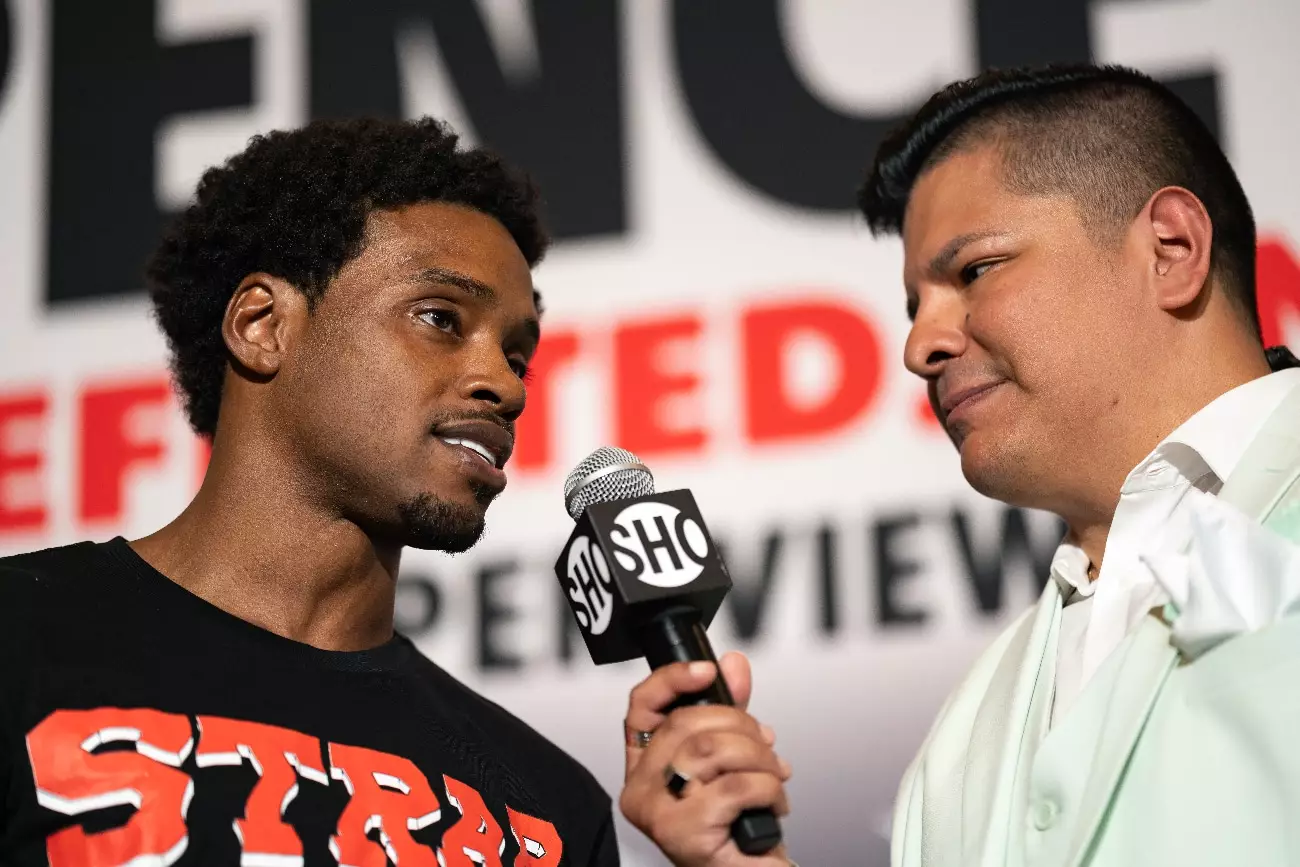In the world of professional boxing, comebacks can be the ultimate test of an athlete’s resilience and determination. A notable case is former unified welterweight champion Errol Spence Jr., who is set to return from a lengthy hiatus in early 2025. Spence is expected to challenge Sebastian ‘The Towering Inferno’ Fundora for one or both of his WBC and WBO junior middleweight titles. This anticipated match-up raises a plethora of questions regarding Spence’s readiness, motivations, and the implications for the boxing community at large.
Spence’s return to the ring is highly intriguing considering he hasn’t fought since his devastating loss to Terence Crawford in July 2023—a nine-round knockout that many pundits labeled as an indication that the fighter may have passed his peak. Following the bout, Spence entered a prolonged period of inactivity spanning approximately 16 months, creating doubts about his physical and mental condition as he prepares to face Fundora.
This potential clash is noteworthy as Spence will be moving up to the junior middleweight division, where he will face a younger opponent with a significant height and reach advantage. Fundora, at 6’5 3/4”, presents a formidable challenge, especially considering his track record of victories over prominent fighters such as Tim Tszyu and Erickson Lubin. Fundora’s unique physical attributes, combined with his youthful vigor at just 26 years of age, pose serious obstacles for Spence, who has faced considerable hurdles related to injuries and a lack of recent ring time.
One major concern surrounding the Spence-Fundora matchup is the potential perception that Spence is being given a title shot without meeting the usual competitive prerequisites. Both the WBC and WBO face scrutiny for possibly allowing Spence—coming off a long layoff and a punishing defeat—to contend for their belts. There exists a prevailing notion that this may be perceived as an exploitative move, especially if Spence’s motivations are merely financial rather than a genuine desire to reclaim his status as a top-tier fighter.
Moreover, Spence’s current standing is significant; he is ranked #1 with the WBC, but not within the WBO rankings. For him to vie for the WBO title, regulatory approval will be necessary, thereby presenting an additional hurdle. Behind the scenes, boxing’s governing bodies must navigate the delicate balance between facilitating high-profile matches for profit while ensuring the integrity of their titles is upheld.
There is a pressing need to examine why Spence would choose to face an opponent like Fundora at this juncture in his career. Given his inconsistent performance in the ring and the lingering effects of injuries from a serious car accident in 2019, many question whether he possesses the necessary drive and ability to return to peak form. It is not uncommon for high-profile fighters to face dips in motivation after achieving financial success, and the question of Spence’s commitment comes into focus.
He has only fought three times in four years, which signals a troubling trend that could hinder his preparation for this fight. Without any tune-up bouts prior to such a critical challenge, Spence risks stepping into the ring unprepared, particularly against a younger, rising star like Fundora.
If the awaited Spence-Fundora bout materializes in early 2025, the implications for the careers of both fighters could be monumental. For Spence, it could represent one final opportunity to prove his mettle and reestablish his credentials in the sport. Conversely, for Fundora, a victory could solidify his standing as a dominant force in the division.
As Spence navigates this treacherous path, the boxing world remains watchful, aware that this fight could be a pivotal moment not just in his career, but also in shaping the landscape of junior middleweight boxing. Ultimately, the ring is where all questions will be answered, and fans are left wondering if Spence can overcome the odds once again or if this could mark a farewell to a once-promising champion.


Leave a Reply